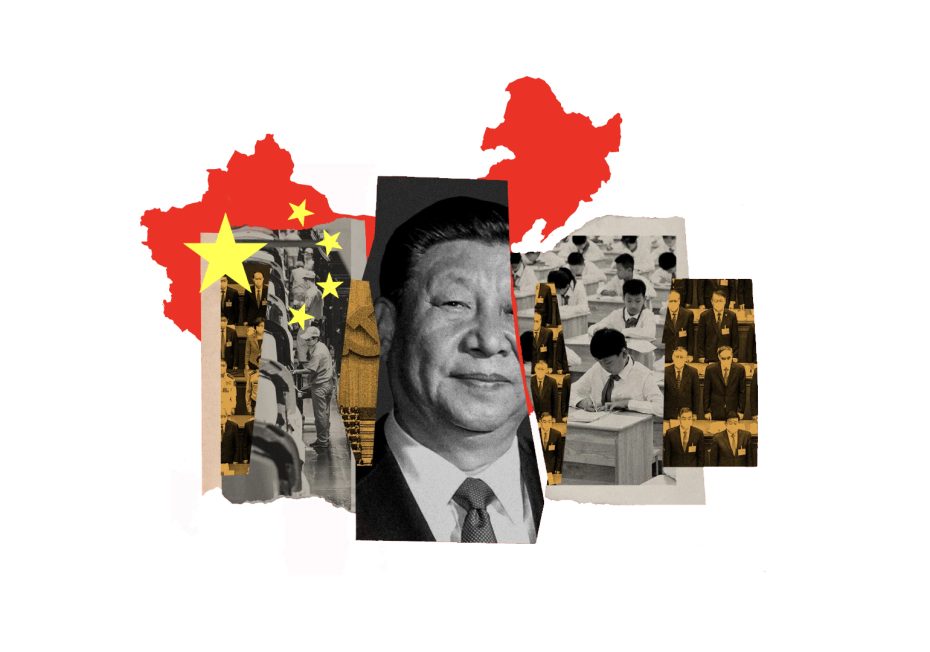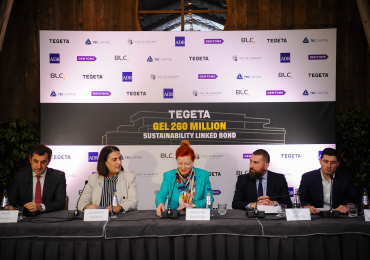China’s partnership with Russian President Vladimir Putin and Russia’s continued unjustified and unprovoked invasion of Ukraine has led Central and Eastern European countries to start rethinking their relations with Beijing. While Lithuania, Latvia and Estonia withdrew from 16+1 – a cooperation group between China and Central and Eastern European countries, the Czech Republic has been considering its exit as well. The reason behind has been dubious benefits of membership of 16+1 as well as Beijing’s hostile attitude towards Taiwan and disapproval of the expansion of ties between CEE states and Taipei. Even though CEE countries are among some of the fastest-growing economies in the EU, the International Monetary Fund (IMF) has revealed that weak infrastructure is further aggravating economic disparities between the EU’s East and West.
While cooperation backed by Chinese investment deals has developed steadily throughout the past decade, China has sparked doubts among the region’s leaders due to trade imbalances, a lack of access to the Chinese market and unfulfilled promises regarding large-scale investment. The format was bringing more security risks than tangible economic benefits for the region. According to a recent study conducted by the Central and Eastern European Centre for Asian Studies (CEECAS), China’s FDI positions in the CEE countries have been modest and Chinese investment has played a more important role in Western European countries than in any of the EU members of the 17+1. CEE states have started to see the China-led 16+1 cooperation as a doomed initiative, it is interesting to observe whether they have alternatives they could opt for instead.
As the Chinese-led “easy” investment initiative in the CEE region seems to be slowly but surely disintegrating, there is an opening for the Three Seas Initiative (3SI), an economic platform in Central and Eastern Europe involving 12 countries (Austria, Bulgaria, Croatia, Czechia, Estonia, Hungary, Latvia, Lithuania, Poland, Romania, Slovakia, and Slovenia). 3SI was launched in 2015 by Croatia and Poland and aimed to boost interconnectivity by facilitating energy security, digital economy and transportation along a north-south axis in Central and Eastern Europe. The name of the initiative was inspired by the Adriatic, Baltic and Black Seas that border the region. As a vital political platform, it encompasses 12 states and is backed by key actors like the European Commission, Germany, and the United States.
Together with its geopolitical potential to curb Russian malign influence, 3SI is a response to China-led initiatives in the region. While confronting Beijing’s geopolitical aspirations, the project can help boost the economies of US’ European allies and reduce China’s economic overtures in the region. The initiative is very specific and ambitious, as countries along the north-south axis are characterised by relatively smaller markets and levels of investment. According to IMF, the infrastructure issues in the region hinder economic growth. Unlike intransparent Chinese projects linked to weak governance, corruption, and cost overruns, the 3SI initiative led by the democratic West could help close this gap and stabilise the economy in the region by countering economic contractions. Together, the 12 countries of the 3SI initiative account for almost 30 per cent of the EU’s territory and 22 per cent of its population, but merely 10 per cent of its overall GDP. One of the reasons for this low figure is the lack of infrastructure that would connect the countries in the region. The 3SI could help solve this issue. Although concrete evidence of the 3SI’s impact remains modest, it has its own investment fund, supported by the US and the UK which views the initiative as a way of reassuring its post-Brexit leverage over the region.
Apart from the 3SI, there is a EU-led alternative – the Global Gateway initiative – that was launched in December 2021. Under the initiative, between 2021 and 2027, the EU pledged to mobilise 300 billion Euros to its partners with major investments in infrastructure development in Europe and around the world. This initiative will serve as an alternative to China’s BRI and aim to create “links, not dependencies.” The main objective of the Global Gateway initiative is to help underpin the global recovery by mobilising investments in digital, clean energy and transport networks, as well as boosting health, education and research systems across the world. “We want to redesign how we connect the world to build forward better,” stated European Commission President Ursula von der Leyen when launching the project.
While CEE states seem to have become more aware that unconditional cooperation with China is risky and is not a “win-win” strategy, the 3SI and Global Gateway initiatives could be compatible and together they could enhance cross-border connectivity in CEE and draw more economic and infrastructure investment to the region. In theory, both the 3SI and Global Gateway seem to be able to substitute the Chinese 14+1. Nevertheless, it is worthwhile to note that much has yet to be accomplished on the ground. The CEE region needs an economic boost, and it might find it difficult to refuse current investment deals from Beijing. In this situation, the continued and comprehensive engagement of the EU and US with the region, backed by their consistent policy strategies on China, remains paramount.










